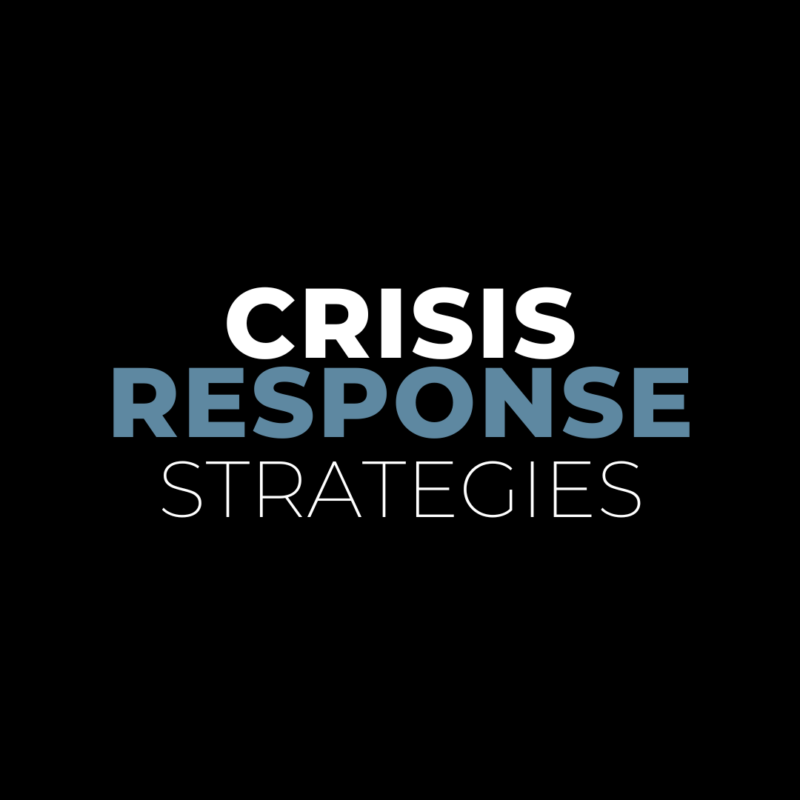How brand ambassadors can legitimize your organization
No matter how much a company tells people how great it is, its word can only go so far. You can spend endless hours perfecting your value proposition and establishing your brand identity through your website, advertisements and collateral materials. However, every brand needs credibility to back up any claim or else its message will fall on deaf ears.
Today, when it’s increasingly difficult to break through the marketing noise, companies are forced to show how they walk the walk and talk the talk. Ambassadors can help magnify your message through user-generated content. If you’re considering leveraging ambassadors to expand awareness about your business, we answer three questions to help you get started.
What’s a brand ambassador?
An ambassador can be anyone who represents a company or brand to promote its mission, product or service. They can be employees, customers, fans or even social media influencers. For example, if the organization is a school, its students can serve as brand ambassadors. For a small professional services firm, its employees can become ambassadors.
Ambassadors are key to reinforcing the narrative you try to drive through marketing messaging. They can provide a different form of storytelling that shows a perspective of your business that’s more relatable to their peers. By learning about your organization through their lens, a prospective customer is more likely to patronize your business. Through genuine endorsement, ambassadors can build your brand’s credibility.
How do I leverage ambassadors?
The easiest way to find effective brand ambassadors is to look within an organization. Tap your internal stakeholders to share your story externally. They’re your employees, board members, students, vendors, etc. They are the low-hanging fruit who can give an accurate representation of what your organization or brand is because they live it every day.
Social media is one of the most obvious and effective ways to leverage ambassadors. Encourage your stakeholders to use social media to share stories about your business. Employees, particularly of B2B companies, can share exciting happenings and accomplishments within their companies through their LinkedIn accounts. Board members of a nonprofit can spread awareness of its mission by sharing videos from a benefit event. A dental student can boast about a school’s great training by posting on Instagram about a competitive program in which she was accepted.
Don’t forget to reshare their content, as it not only shows appreciation for their accolades, but it encourages them to continue sharing content about the organization.
How do I encourage ambassadors to share my story in an authentic way?
In the early stages of establishing an ambassador program, start small. Select a handful of stakeholders who you trust, are enthusiastic about your brand and, preferably, are technologically savvy. A few things to keep in mind:
- Equip them with the tools they need to effectively represent your company. Ensure that they have access to your brand kits, they know your social media handles and they fully understand your brand’s mission.
- Encourage them to post in-the-moment updates at events.
- Don’t be stingy with investing in swag. Wearing a baseball hat or putting on a bumper sticker with your logo can go far with reinforcing brand recognition.
As the program grows, more people within your organization will take notice and request to participate.
—-
Ambassadors’ words are more powerful than any messaging a brand can convey on its own. They’re the “boots on the ground” force that can show your target audiences a more real, authentic side of your organization. Through candid messaging, positive testimonials and genuine storytelling, ambassadors can shift perceptions, encourage more buy-in and establish loyalty.


